The phrase “go green” is applied to just about everything we do today, and that includes building and construction. There are a number of green building materials and practices that have been developed over the years in an industry that has been responsible for at least half of the world’s carbon pollution. One such material is recycled steel.
Table of Contents
What is Recycled Steel?
The steelmaking process inevitably comes with by-products and waste, or aggregates. Recycled steel comes from these aggregates. Instead of making their way to a traditional recycling center, the scraps are re-used in the factory or sold to local scrap yards. Once the scrap reaches its destination, it is melted down by a furnace at over 3,000 degrees Fahrenheit and purified to remove any contaminants. It is then solidified once again into sheets and prepared for shipping to factories and foundries for use. There are several different sources of scrap:
Home Scrap
Not typically collected or purchased by external scrap yards, this type of steel waste occurs “in-house” in steel mills during the production of steel. Trimmings and reject scraps are redirected back into the furnace and melted down again for the next round of production.
Prompt (Industrial) Scrap
Your car, many of major appliances in your home, and a myriad of other objects are made with steel. The excess leftovers or the waste generated from this type of warehouse or factory production is often sold or auctioned to scrap buyers and reused for other purposes.
Obsolete Scrap
This category encompasses the rest of steel waste, stemming from items like small appliances, old cars sent to the junkyard, office items, household waste, and the steel elements of old buildings and structures.
Recycled steel isn’t just more steel. The aggregates – including slag, dust, mill scales, and sludges – produced by the steelmaking process have a myriad of uses beyond being recycled back into making more steel. Slag is the most significant, with a myriad of uses. Uses for slag include:
– Cement & Concrete
– Concrete Masonry
– Road construction aggregate
– Dams
– Embankments
– Asphalt pavement
– Bricks
– Ceramic tiles
– Wall materials
– Artificial reefs
– Absorbs harmful substances
Studies have shown slag, similar to artificial rock aggregates, can outperform natural aggregates in terms of its mechanical properties like strength, weather-resistance, and durability. Another beneficial by-product, flue dust from the steelmaking process, contains significant amounts of iron oxides and coke fine, which can be recycled as fuel or raw materials for cement production.
Benefits of Recycled Steel in Construction
There are a number of benefits to including recycled steel in your new construction project. Along with other Sustainable Building Materials to Include in Your Next Build, it helps your building earn a spot on the growing list of sustainably built and run buildings.
Reduce Waste
Our discussion so far has revolved around the types of recycled steel and their uses, with a consistent theme of waste reduction. Using recycled steel in your next build means keeping otherwise wasted materials out of landfills.
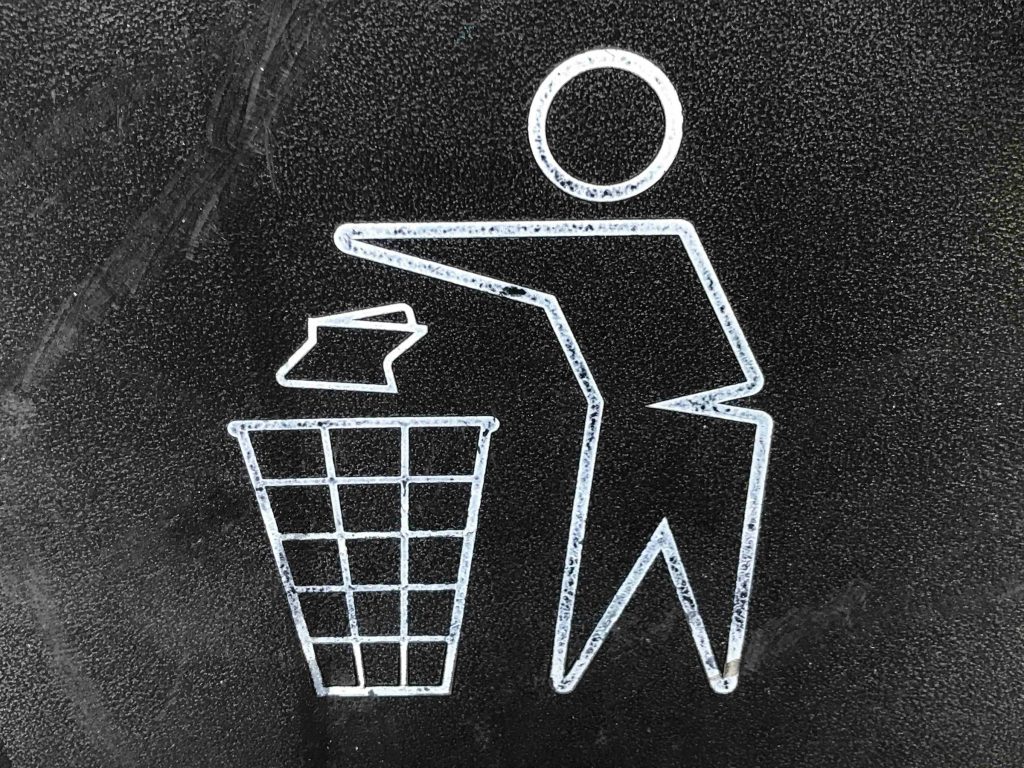
Circular Economy
A circular economy is a model of resource production and consumption that involves sharing, leasing, reusing, repairing, refurbishing, and recycling existing materials and products for as long as possible. The three main principles of a circular economic structure are designing out waste and pollution, keeping products and materials in use for as long as possible, and regenerating natural systems. The use of recycled steel in your next building project contributes to all three!
Energy Efficient
Energy efficiency is the name of the game in any green building project. Energy efficiency not only includes products that make your building more energy efficient, but also products that have been produced in an energy efficient way.
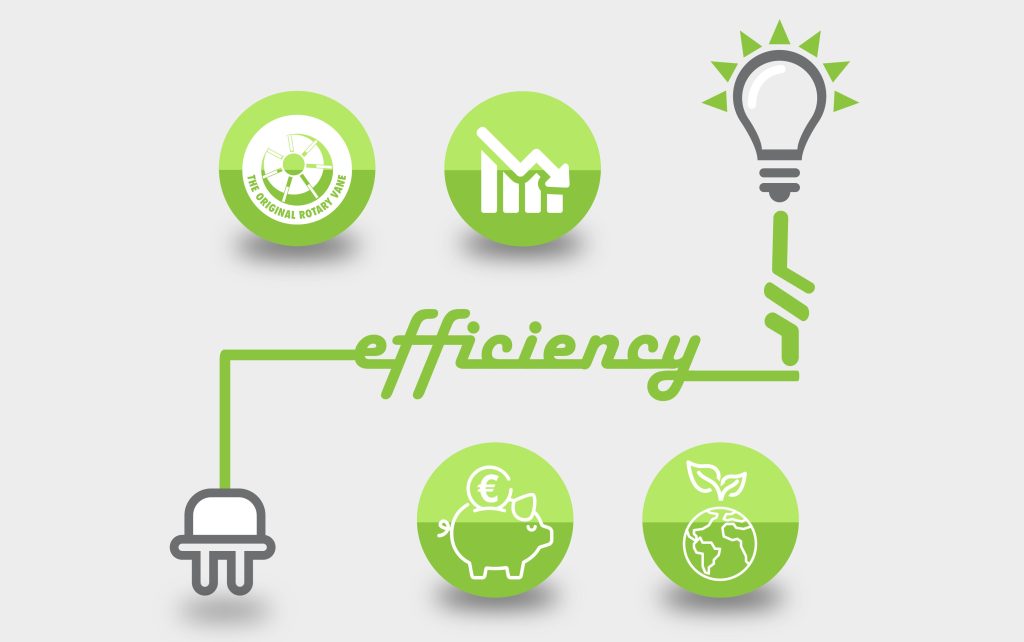
The production of recycled steel is significantly more energy efficient than that of traditional steelmaking. Producing recycled steel takes 60-70% less energy than new steel, and emits 70-80% less CO2 emissions.
Durability
Unlike other recyclable products including paper and plastic, steel does not degrade over time. This means strength, consistency, and durability endure through multiple uses and reuses.
Closed-Loop System
Due to its strength and durability, steel can be repurposed when its original life is over. Using recycled steel in your next build means breathing new life into previously used products, creating a closed-loop system that minimizes waste and maximizes efficiency in a sector that is known for its large carbon footprint.
Challenges to Using Recycled Steel
In just about any situation, there are challenges as well. You’ll need to consider the benefits as well as the challenges to using recycled steel in your next project.
Economic
While the cost of producing recycled steel may be lower, the cost to obtain any, let alone enough, for your next building project can be costly. Recycled steel still isn’t a common product, meaning sourcing it can be more expensive and resource-intensive than simply buying new.
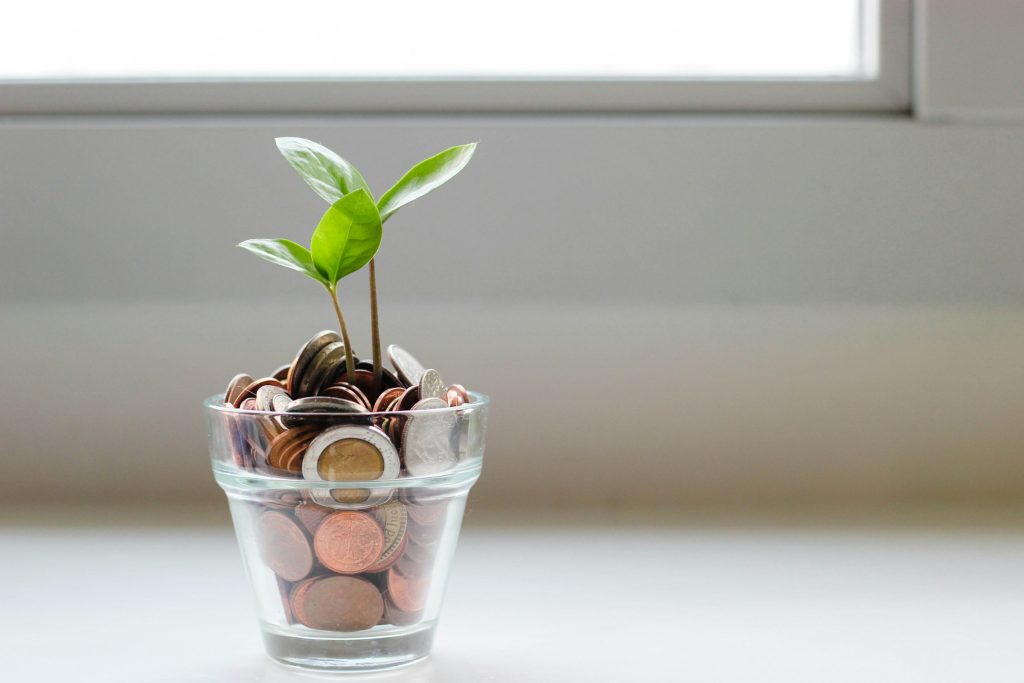
Difficulty
Natural materials are more often less expensive than their recycled counterparts, and recovering reusable elements through deconstruction of a structure is complex and time-consuming rather than simple demolition.
Standards
There currently are no standardized design rules for recycled construction materials like steel. Finding a large amount of products of the same quality may be difficult. The lack of standards can also mean increased costs and inefficiencies as manufacturers try to produce the best recycled products.
Impact on Finished Projects
We mentioned earlier that steel itself, as well as its by-products like slag, have a number of uses. Slag particularly has been shown to be stronger than concrete, cement, and road aggregate. On the other hand, slag can cause volumetric expansion – a significant concern in road construction.
Such properties require careful evaluation based on temperature and humidity at the construction site. For example, slag used in road construction in Central Arizona will perform differently than slag used in road construction in Michigan.
Complexity
While the building and construction sector are responsible for a large amount of waste and pollution, the construction and waste disposal industries are well-established with years of experience and substantial investments in equipment and processes of efficient handling.
However, recycling involves multiple stages:
– Recovery
– Sorting
– Reprocessing
– Repurposing
Each extra step adds to the overall cost of recycled materials and construction projects.
Needed Developments
Recycled steel and other recycled building materials are the pathway to better green building. To achieve Sustainability in Construction requires technological and material science advancements to improve cost-effectiveness, durability, and quality of recycled steel to make it a more competitive option for infrastructure and other building projects.
In order for the building and construction industry to accelerate the adoption of recycled steel and other building products, several factors must be researched and refined, including non-destructive testing methods for quality, remote and drone surveys of projects, optimized supply chain integration, design practices standards, and fiscal incentives.
Final Thoughts
There are a number of ways to make your next building project more environmentally-friendly, including the use of recycled steel and other recycled building materials.
We at Structr Group can help you include recycled steel and other green features you want in your next construction project.
Contact us today!
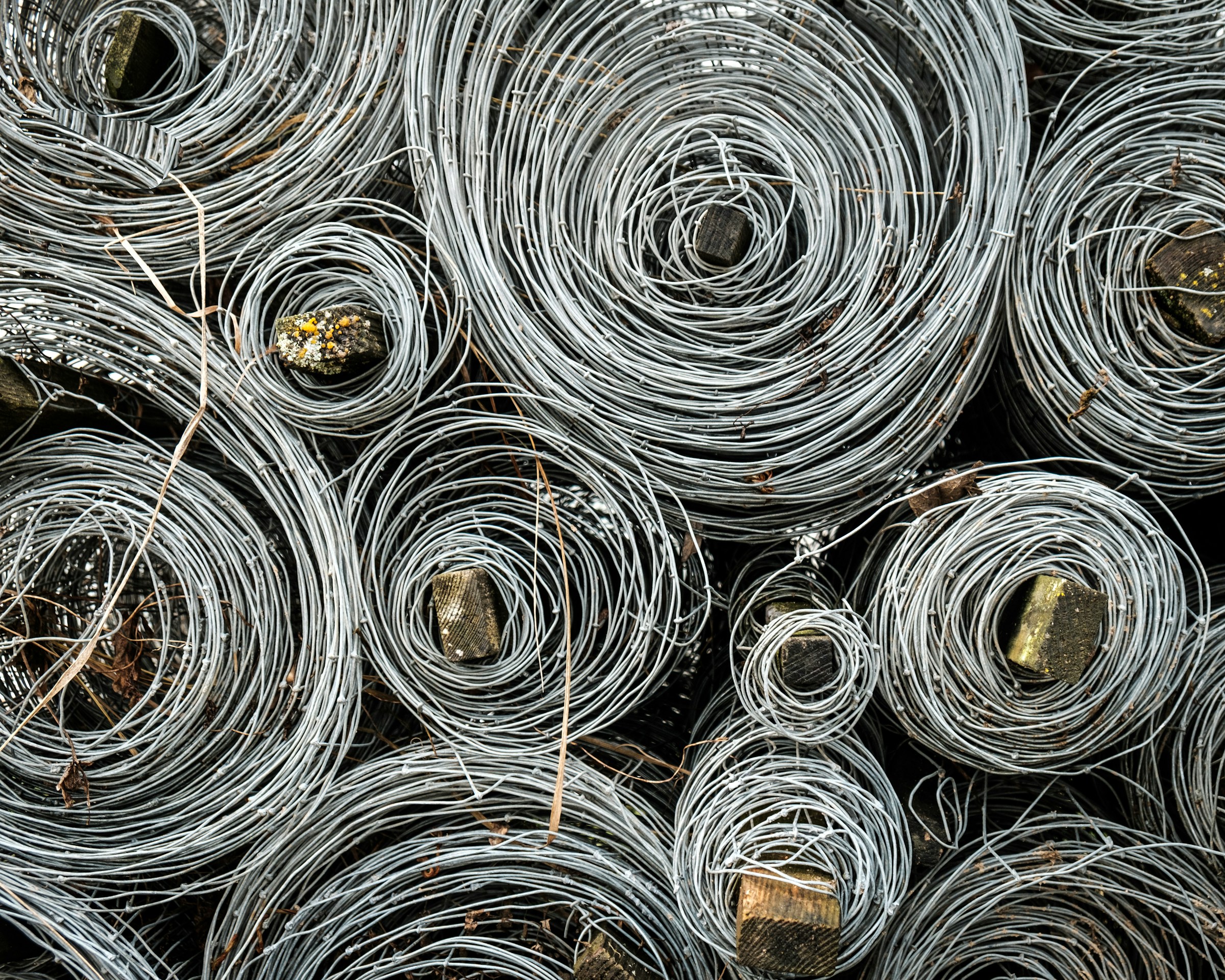

0 Comments